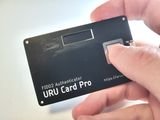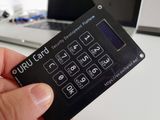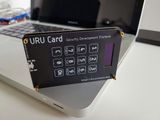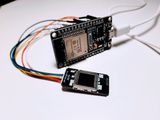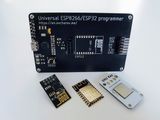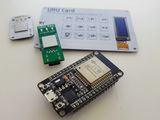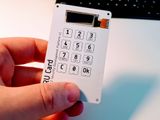The new form factor for the URU Key FIDO2 Authenticator
While working on the URU Card project, I realized just how practical the credit card form factor really is—so I redesigned URU Key into URU Card Pro. It now fits in a wallet, runs on an ultra-thin Li-Ion battery, and includes a tiny OLED display for feedback. Same secure guts, much better usability!
